Table of Contents
We all know exercise is key to longevity, but what about stretching? It’s not just for warming up—maintaining flexibility can improve mobility, prevent injuries, and keep you moving easily as you age. Some experts even suggest that better flexibility is linked to a longer, healthier life. So, is stretching the secret to aging well? Read further to find out.
1. Stretching Keeps Your Joints Young
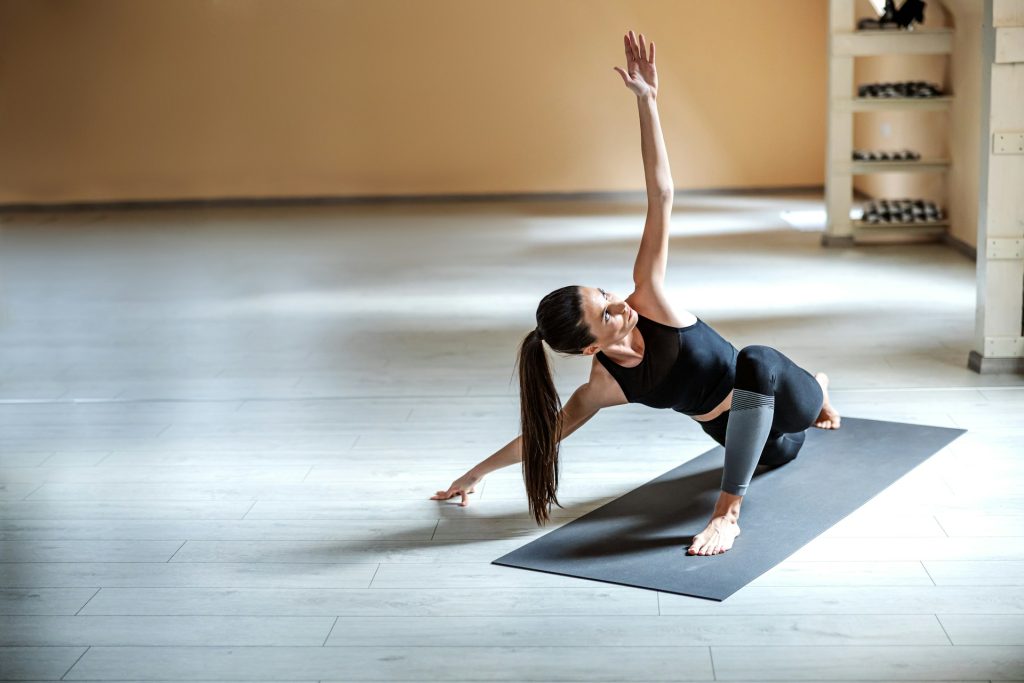
As we age, joints lose mobility, cartilage wears down, and stiffness increases the risk of falls and injuries. But here’s the good news: regular stretching keeps your joints lubricated, improves your range of motion, and helps maintain long-term mobility.
I’ve personally seen people in their 60s and 70s move like they’re decades younger—all because they committed to daily stretching. It’s a small habit with massive payoffs, allowing them to stay active, pain-free, and independent well into old age.
A simple 10-minute routine focusing on key areas like the hip flexors, shoulders, and hamstrings can make a world of difference. Try these:
- Hip Flexor Stretch – Opens tight hips, improving posture and reducing lower back pain.
- Shoulder Mobility Stretch – Enhances upper-body flexibility and prevents stiffness.
- Seated Hamstring Stretch – Maintains leg flexibility, crucial for walking and balance.
The more mobile and flexible you stay, the more active, balanced, and independent you’ll remain as you age.
2. Improved Circulation Supports Longevity
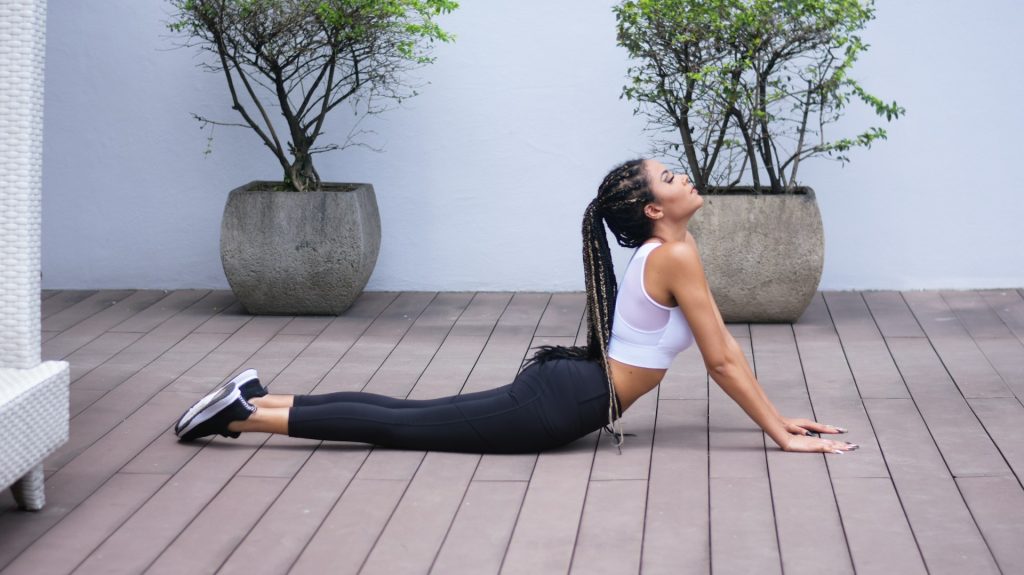
Good circulation is essential for heart health, muscle recovery, and brain function. When blood flows efficiently, oxygen and nutrients reach your muscles and organs faster, reducing fatigue and improving overall vitality. Poor circulation, on the other hand, can lead to stiffness, slower healing, and even an increased risk of cardiovascular disease.
Dynamic stretches—like leg swings, arm circles, and spinal twists—help stimulate blood flow by engaging muscles and expanding blood vessels. Even simple movements like toe touches, ankle rotations, or deep diaphragmatic breathing can improve circulation, keeping your heart strong and your body energized.
Stretching isn’t just about mobility—it’s about optimizing your body’s internal systems. Keeping blood moving efficiently supports cardiovascular health, reduces muscle stiffness, and enhances longevity.
3. Reducing Stress Can Add Years to Your Life
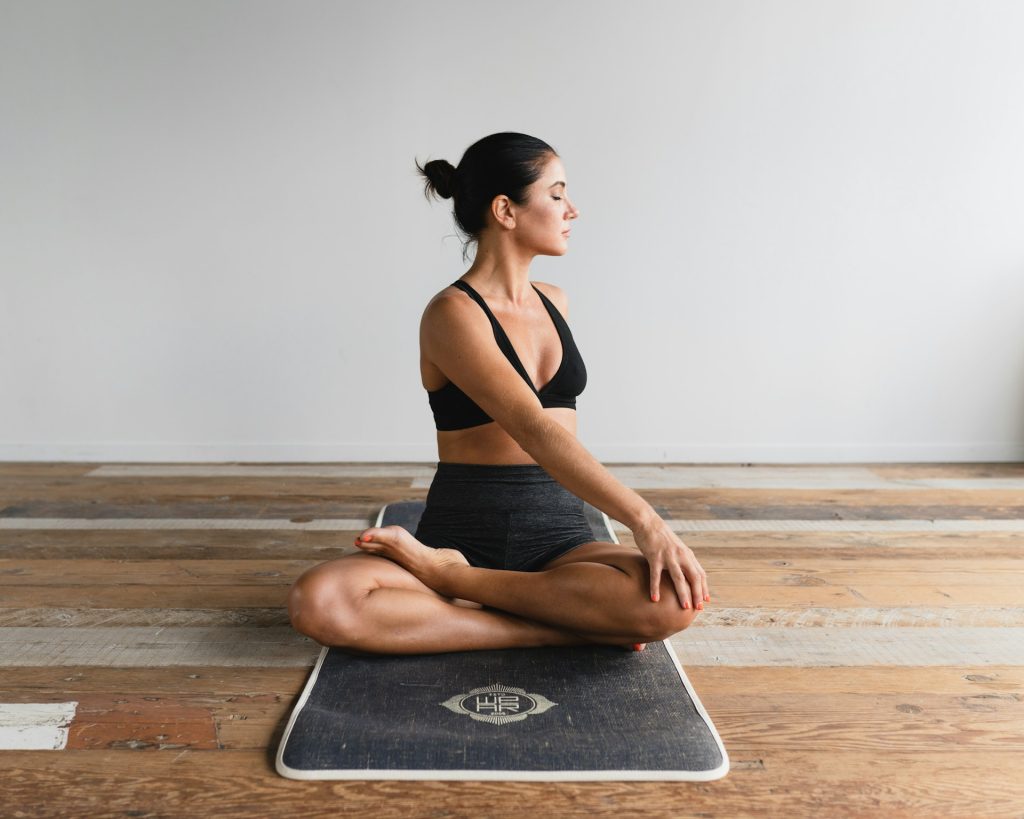
Chronic stress affects mood and accelerates aging by increasing inflammation and raising the risk of diseases like diabetes, hypertension, and heart disease. Long-term stress is linked to higher cortisol levels, which can weaken the immune system, disrupt sleep, and contribute to weight gain.
Stretching activates the parasympathetic nervous system, which helps counteract the body’s stress response by lowering cortisol and promoting relaxation. Holding deep stretches, especially with slow, controlled breathing, can instantly calm the nervous system and ease tension.
Stretches, like seated forward folds, supine spinal twists, and reclined butterfly poses, are particularly effective for reducing stress and promoting deep relaxation.
Incorporating stretching before bed has made a noticeable difference in my stress management. Just 10 minutes of hip openers and deep forward bends help me unwind, improve sleep quality, and wake me feeling refreshed.
4. Stretching May Improve Longevity at a Cellular Level
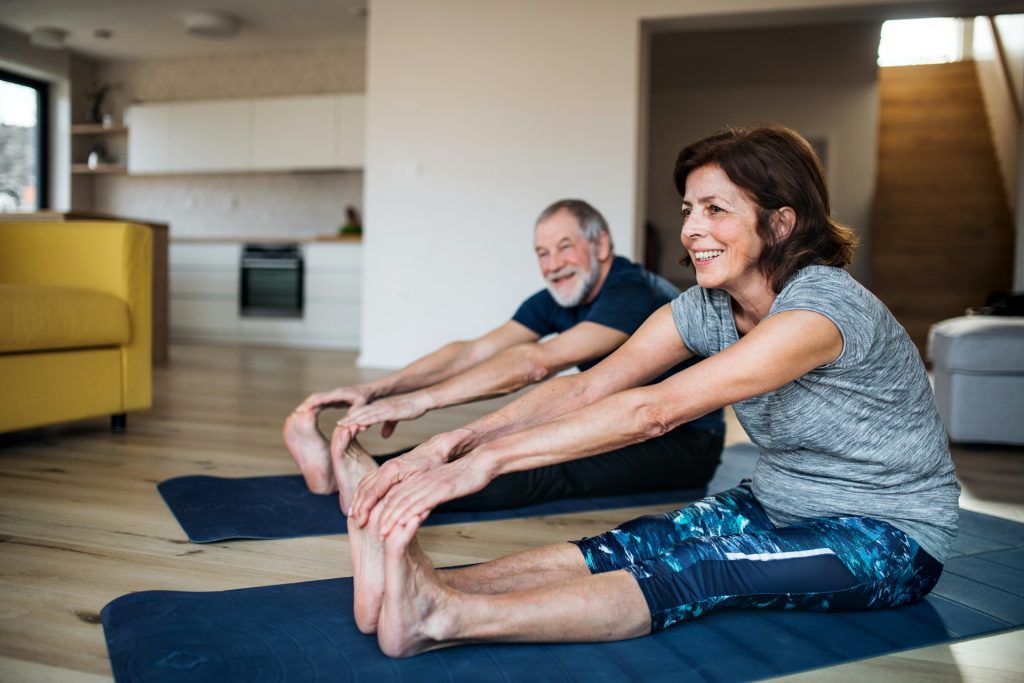
Cellular aging plays a major role in how long we live. While research on stretching’s direct impact on cellular health is still emerging, studies suggest that regular movement, including stretching, supports mitochondrial function by improving circulation and reducing oxidative stress—both crucial for energy production and cellular repair.
Additionally, stretching may help regulate inflammation by increasing blood flow and enhancing muscle recovery. Some research indicates that gentle stretching impacts inflammatory markers, potentially reducing chronic inflammation linked to age-related diseases.
Stretches like spinal twists, forward folds, and full-body elongation movements can relieve tension, promote mobility, and support overall well-being. Incorporating stretching into your routine is one of the simplest ways to support long-term health.
It’s free, requires no equipment, and, over time, can contribute to better mobility, reduced stiffness, and improved quality of life.
5. Better Posture Equals Less Pain and More Energy
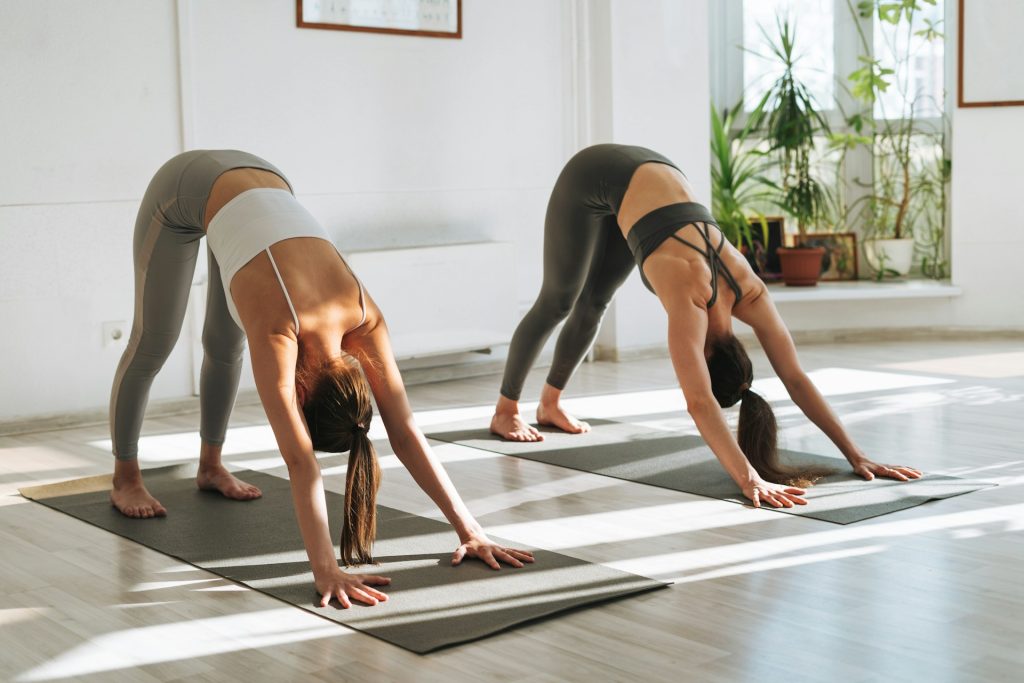
Poor posture doesn’t just look bad—it affects breathing, digestion, circulation, and spinal health. Slouching for long hours weakens core muscles, tightens the chest and hip flexors, and puts excessive strain on the neck and lower back.
Over time, this contributes to chronic pain, fatigue, headaches, and even decreased lung capacity by restricting airflow. Stretching is key in counteracting poor posture by lengthening tight muscles and improving spinal alignment.
Focusing on areas like the chest, shoulders, hip flexors, and lower back helps open the body and reduce tension. Try these:
- Chest Openers – Relieves tightness from hunching forward.
- Seated Spinal Twists – Increases spinal mobility and eases back stiffness.
- Hip Flexor Stretches – Counteracts the effects of prolonged sitting and improves posture stability.
I struggled with stiffness from long hours at a desk, feeling the strain in my back and shoulders. Incorporating just a few minutes of chest openers and spinal twists daily helped me feel more upright, energized, and pain-free. Small posture fixes lead to big results—better breathing, improved circulation, and less daily discomfort.
7. Stretching Enhances Brain Function and Focus
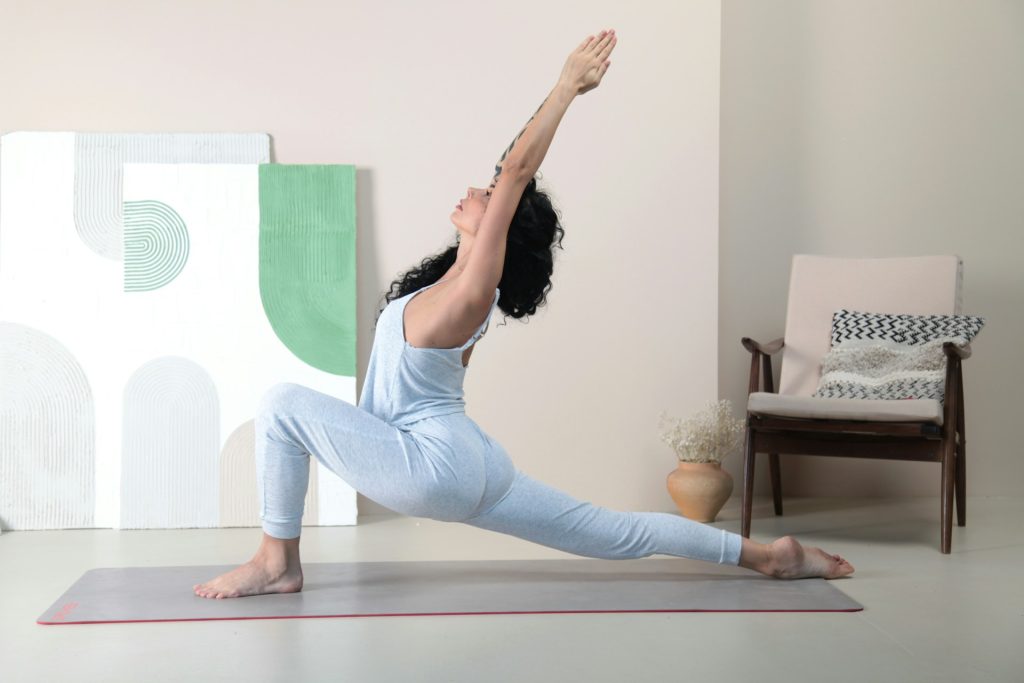
Engaging in regular stretching exercises can increase blood flow to the brain, potentially enhancing cognitive functions such as memory and focus. Incorporating stretching between tasks may boost productivity, making staying sharp throughout the day easier.
Even simple neck stretches combined with deep breathing can rejuvenate the mind and combat mental fatigue. For an additional focus boost, some individuals consider products like Mick’s Naturals nicotine lozenges.
Nicotine, in controlled and clean formats, has been studied for its potential cognitive-enhancing effects, particularly in areas like attention and working memory. However, it’s essential to approach nicotine use with caution due to its addictive nature and potential health risks.
In my experience, pairing a morning stretch session with mindful breathing sets a positive tone for the day, enhancing physical flexibility and mental clarity.
The Verdict: Stretching Is an Anti-Aging Secret
While strength training and cardio often get all the attention, stretching is a crucial piece of the longevity puzzle. The benefits go far beyond just flexibility, from improving circulation to protecting joints and reducing stress. If you’re not stretching daily, now is the time to start.

Hi! I’m Dave, a longtime biohacker focused on natural ways to improve health and performance. My work revolves around analyzing the science behind cognitive enhancers, nutrition, and longevity strategies. I’m particularly interested in natural nicotine products and their effects on focus and energy. Everything I share is based on research and real-world application, ensuring practical, reliable insights. Please note, none of the information shared here is medical advice.




